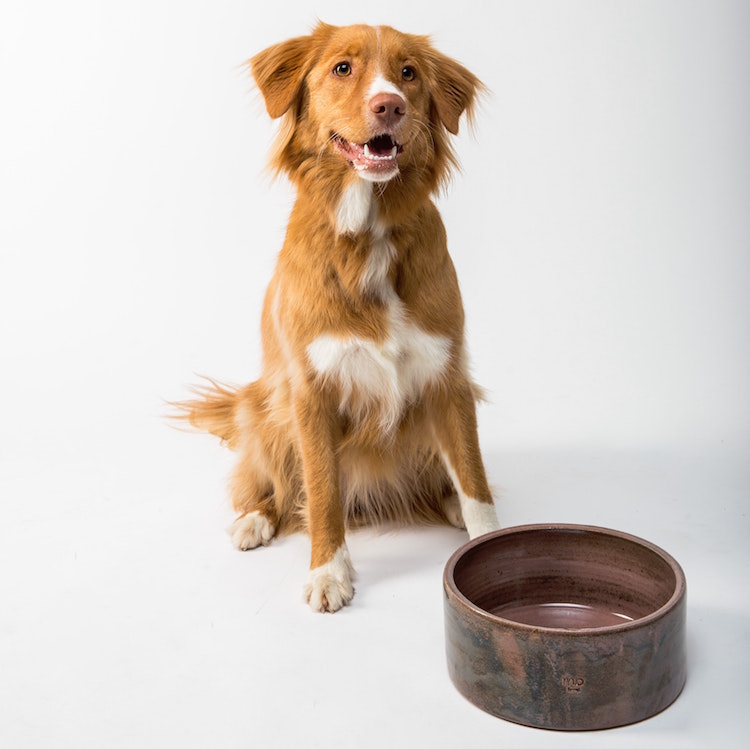What To Feed Your Pet: Wet vs. Dry Food
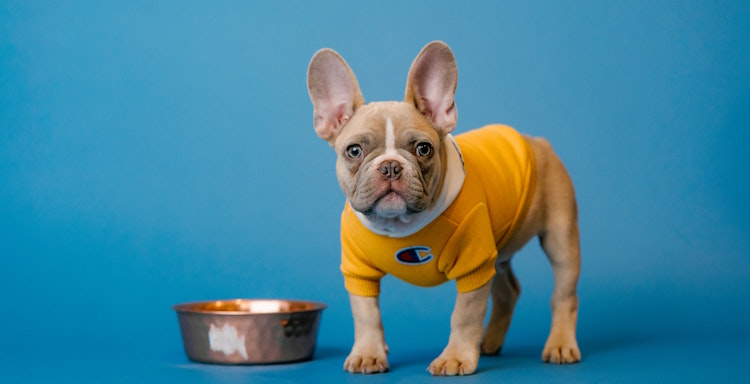
Feeding wet and dry foods for pets has both pros and cons, which may explain why mixed feeding is so popular. Wet foods for pets are most commonly used by dog and cat owners as a tasty topping or flavour enhancer when it comes to mealtimes.
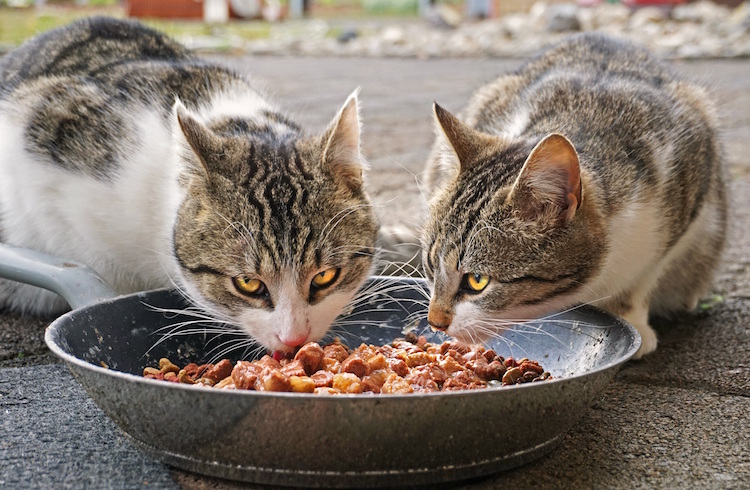
There are many types of wet food for pets, which generally contain 60-80% water, and are typically packaged in tins, cans, pouches (mostly for cats) and sometimes trays (small serving containers made from aluminium). These foods make up a large part of the pet food industry and is often the preferred choice of many pet owners and their pets.
Dry food for pets provides much more fibre than wet food. Like water, fibre has low energy content, which can help in weight management, but it also affects gastrointestinal function, including how quickly your pet digests food, how regular its bowel movements are, and the quality of its stools. Fibre can also influence the number and variety of beneficial bacteria in your pet’s gut. Dry food and wet food for pets behave differently throughout the digestive process, which may indicate that one is more suitable than the other.
The Differences between Wet and Dry Food for Pets
Both wet and dry food for pets can provide nutritionally balanced diets, but the major difference is in the way they are processed.
How Is Wet Food For Pets Processed?
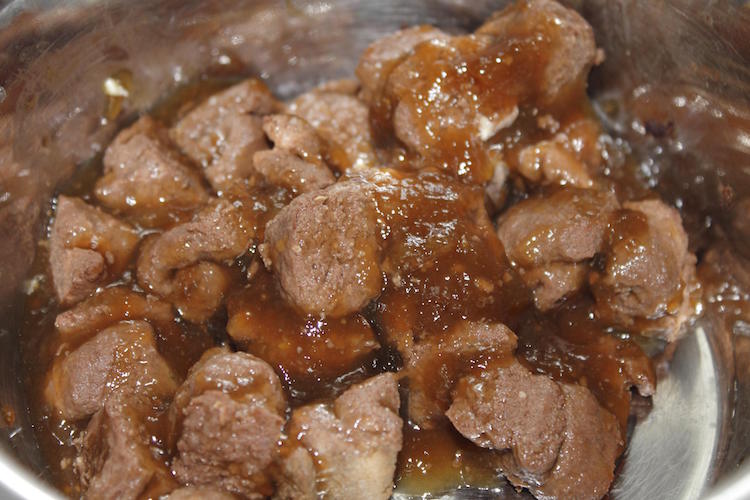
Grinding the protein sources, or meat ingredients, is the first step in making wet food for pets. Gravy that is infused with vitamins, minerals, and grains is then added and thoroughly mixed. After that, the food is cooked and sterilised in order to produce the canned product.
Thus, wet food for pets contain more moisture than dry food for pets. Dry food for pets may have roughly around 10% moisture, while wet food for pets may contain as much as 80% moisture.
How Is Dry Food For Pets Processed?

The ingredients in dry food for pets are quite similar to wet food, but instead of adding gravy to the mixture and canning the product, the meat mixture is pulverized to produce a consistent dough that can be cooked.
Once the dough has been cooked, it is extruded through specifically-shaped moulds to make kibble. The kibble is dried before being sprayed with fats, oils, vitamins, and minerals and packaged before the fats and oils spoil.
Is Wet or Dry Food Better for Pets?
Both types of pet food are good choices, but each has their own benefits and disadvantages depending on the nutritional needs of your pet.
Wet Food vs. Dry Food for Pets
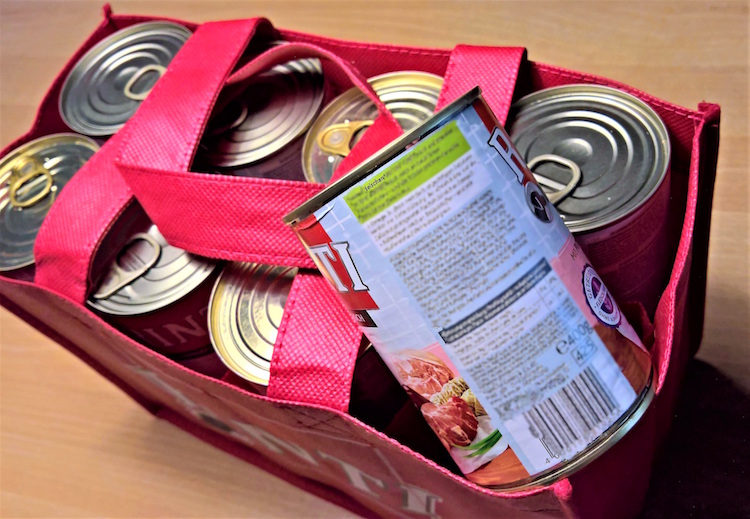
Wet food for pets – also known as canned food – sometimes provides benefits that dry food cannot, such as:
Improved hydration
Wet food is a great source of hydration if your pet doesn’t drink as much as they should, or if they have a medical condition (example: urinary or kidney disease) that requires adequate hydration.
Appetising
Wet food for pets is usually more aromatic and flavourful than dry food. Sick or older pets with poor appetites will also be more likely to eat it and get the vitamins, minerals, and proteins they require to stay healthy.
Satisfaction
Unlike dry food, wet food gives pets a longer-lasting feeling of fullness. This is useful for weight management, especially in pets with an insatiable appetite.
Easier consumption
Pets with dental disease or other oral abnormalities may find wet food easier to chew than dry food.
Dry Food vs. Wet Food for Pets

Dry food for pets, or “kibble,” often offers certain benefits that wet food does not provide, such as:
Dental health benefits
Dry food encourages pets to chew their food, which aids in preventing tartar buildup and secondary periodontal disease.
Convenience
Unlike wet food, dry food is easier to pre-portion and won’t go bad even if left out all day. This can be beneficial for pets that like to graze.
Cost-efficient
Depending on the brand of food, dry food may be less expensive to purchase and have a longer shelf life.
Food enrichment
Kibble can be easily added into food puzzles, kong toys and slow feeders which can stimulate and improve your pet’s cognition.
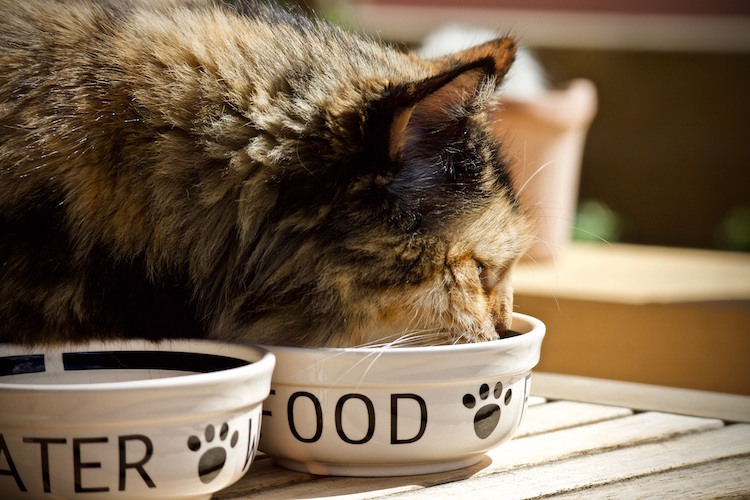
The quality of food and feeding has a significant impact on a pet’s health and wellbeing. Not only is the supply of essential nutrients necessary to survival, but what and how we feed our pets has an equal impact. Seeing your dog or cat enjoy mealtimes is an enjoyable and rewarding experience, and providing a healthy, balanced diet for pets is an important part of being a good owner.
Running low on pet food? Book a ride with JoJo Pets to your local pet store and bring your furkid along for some pet food shopping! JoJo Pets, a pet taxi service in Malaysia is providing safe and timely pet transportation. Our trained drivers will transport your pet (and you) safely and comfortably to any local destination you have in mind.
Let us know if you have any questions. Book a ride with us today!
JoJo Pets also offers cashless payment with their JoJo Wallet, including all major e-wallets, credit/debit card as well as online banking.
Download the JoJo Pets app today for exclusive news and offers at https://jojo-pets.com/
